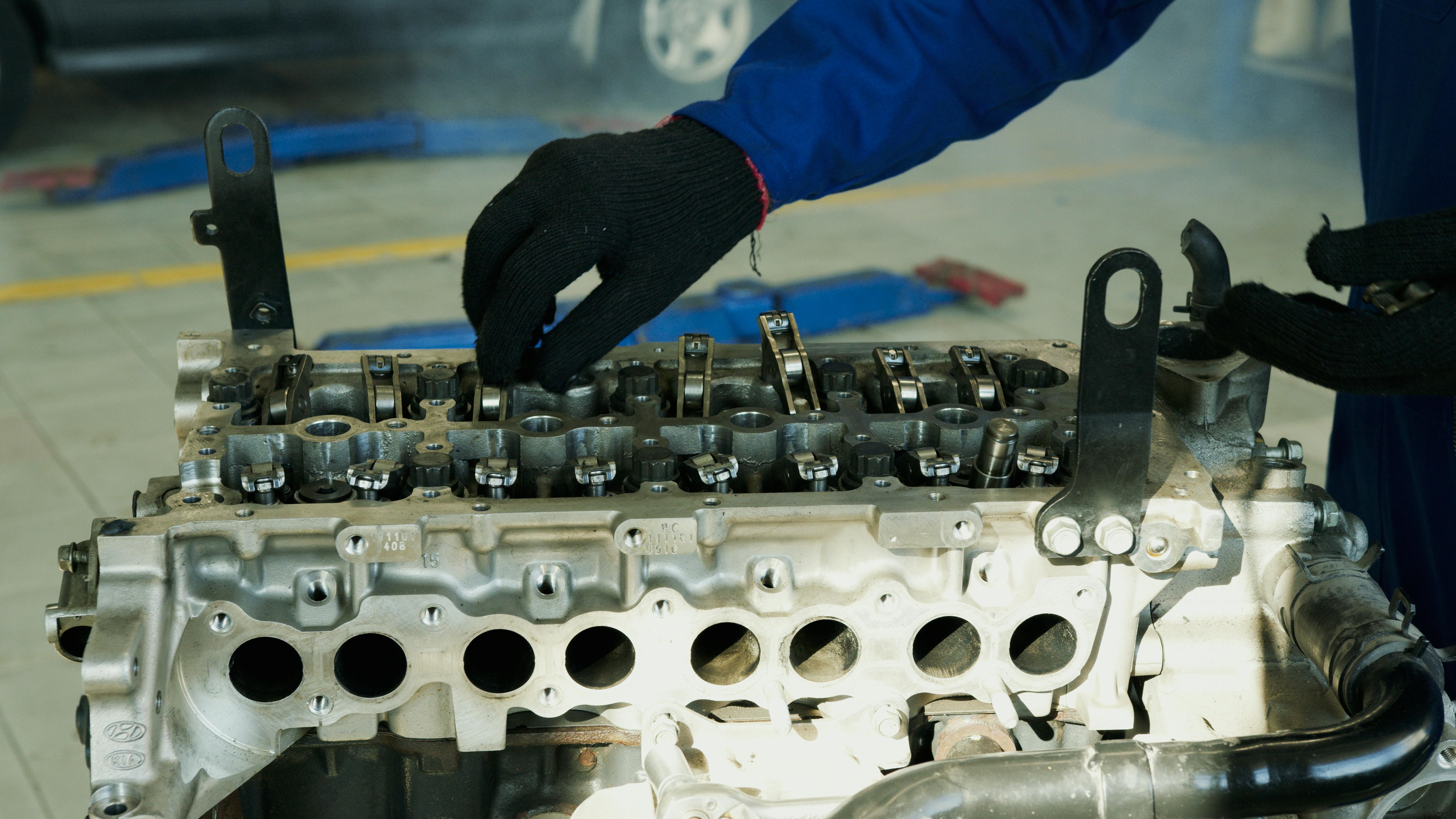Decoding the Mysteries of Torque Vectoring: A Game Changer in Automotive Dynamics
With an adrenaline rush of a high-speed cornering maneuver, let's unravel the science behind torque vectoring - a game-changer in automotive dynamics that’s somewhat shrouded in mystery, yet dramatically improves handling and safety. Torque vectoring, a sophisticated technology that improves a car's cornering abilities, has its roots in the 1980s. Its inception was in the realm of motorsports, where the need for precision handling and superior grip was paramount. The initial iterations were mechanical, requiring complex differentials and a host of gears. Gradually, the process became more refined and electronic, making it a viable option for passenger cars.

Unmasking the Tech: What is Torque Vectoring?
In a nutshell, torque vectoring is a method of distributing power between the wheels of a vehicle. In a typical vehicle without this technology, power from the engine is equally distributed among the wheels. However, with torque vectoring, power can be dynamically adjusted between individual wheels. This becomes particularly helpful when navigating corners at high speeds, ensuring better grip and stability.
The Industry Embrace: Torque Vectoring in Modern Vehicles
Today, torque vectoring is a coveted feature in several high-performance vehicles, from sports cars to luxury SUVs. Brands like Audi, BMW, and Porsche have incorporated this technology into their vehicles, enhancing driving dynamics and safety. The technology is now trickling down to more affordable segments, promising to revolutionize the way we experience driving.
Impact and Benefits: How Torque Vectoring Transforms Driving
The most significant advantage of torque vectoring is improved handling. By diverting more power to the outer wheels during a turn, the car can maintain a tighter line, reducing the chances of oversteer or understeer. Furthermore, it enhances traction in tricky driving conditions, such as wet or icy roads. However, the technology does add complexity and weight to the vehicle, presenting challenges to engineers.
Future Perspectives: What Does Torque Vectoring Hold for the Future?
With the advent of electric vehicles, torque vectoring is set to reach new heights. Electric motors can adjust power delivery far more quickly and precisely than traditional mechanical systems. As we push the boundaries of what’s possible with automotive technology, torque vectoring stands as a testament to our constant pursuit of better, safer, and more thrilling driving experiences.
In essence, torque vectoring is an intriguing blend of automotive engineering and computer science. While it’s not a new concept, its application in mainstream vehicles is a relatively recent development. As we continue to explore the potential of this technology, it promises to redefine our understanding of vehicle dynamics and control. So, the next time you’re enjoying that exhilarating cornering maneuver, remember there’s a lot more going on beneath the surface than meets the eye.




